In July, the fragrance corner of TikTok met its most controversial influencer yet — a computer-generated woman selling perfumes she could never smell. Her name was Iris Lane, introduced as the first AI perfume influencer by Slate Brands, an “agile beauty incubator” that houses multiple brands like Tracy Anderson Fragrance. Within days she was gone, scrubbed from the internet after swift backlash and a corporate apology. But in that short window she managed to ignite outrage, fear, and a bigger debate: is this the future of content creation, and can humans be replaced in yet another industry?

Iris lived firmly in the uncanny valley, at one point posting about someone stopping her on the street to ask what perfume she was wearing — a hook not uncommon for many human influencers. Since she isn’t sentient, that obviously never happened. But the thing about fragrance is that it’s human to its core. It’s inherently primal, and fundamentally something AI cannot experience. Sure, AI can “understand” fragrance in a technical sense; it can generate suggestions, almost serving as a perfume concierge, but in its current capacity it can’t provide the human element. At best, it can serve as a search engine or a promotional layer.
That’s why the dominant line around Iris became, simply: Iris doesn’t have a nose. But the backlash wasn’t just about perfume. It tapped into a broader discomfort with AI’s encroachment into spaces that feel deeply personal. Commentary ranged from disbelief to derision. One creator joked Iris was “probably made by some man covered in Cheeto dust,” playing into the familiar stereotype of engineers trying to reinvent connection without understanding it. The tech industry can’t shake its sexism accusations, no more than fragrance influencers can shake their own overconsumption habits.
What Iris revealed was that audiences today are hyper-aware they’re being marketed to, but still largely uninformed about how those campaigns actually come together — the production timelines, the contracts, the budgets, the layers of corporate decision-making. Iris Lane was a reminder that the industry will chase shortcuts even when they undercut the very thing that makes influencer marketing effective: trust.
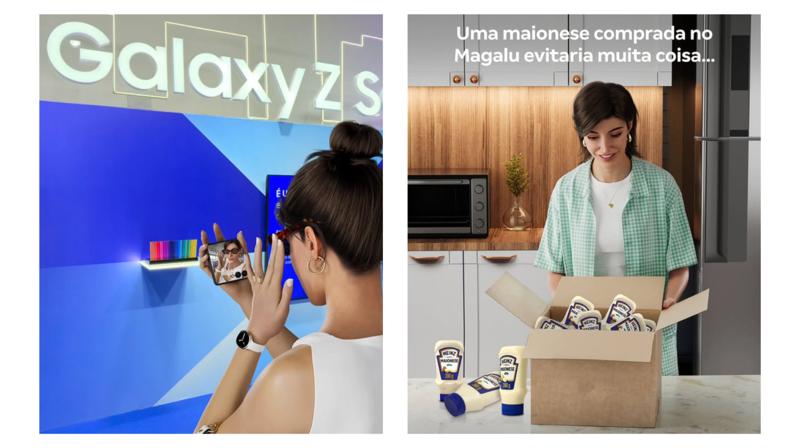
And Iris wasn’t an isolated experiment. While she flamed out in days, other AI influencers have been building careers for years. Brazil’s most famous example, Lu from retailer Magalu, has partnered with Samsung, McDonald’s, Lancôme, and countless others. Built with Fortnite tech and some human motion modeling, she exists purely to sell — and with stunning effectiveness. A music video with Brazilian pop star Anitta sold out every outfit inside Magalu’s app. Lu has even gone on to partner with ad agency Ogilvy, eventually winning a Cannes Lions Gold — the advertising world’s version of an Oscar, complete with its prestige and its pay-to-play reputation. Her success underscores a bigger truth: brands now operate like content studios, and AI is simply another tool in their arsenal.
But selling isn’t the only model. Not all AI influencers are designed as frictionless sales avatars. Miquela, a fictional 20-year-old Brazilian-American character with over two million Instagram followers, blends branded content with lifestyle posts. She’s posed with Liquid I.V. and BMW, but also films pasta thirst traps, documents nights out, and even partnered with the National Marrow Donor Program. At one point she appeared alongside Nancy Pelosi — unfortunately, the two did not discuss her upcoming stock portfolio moves. Miquela presents as a personality with values, not just a sales machine, and that makes her feel closer to a traditional influencer.
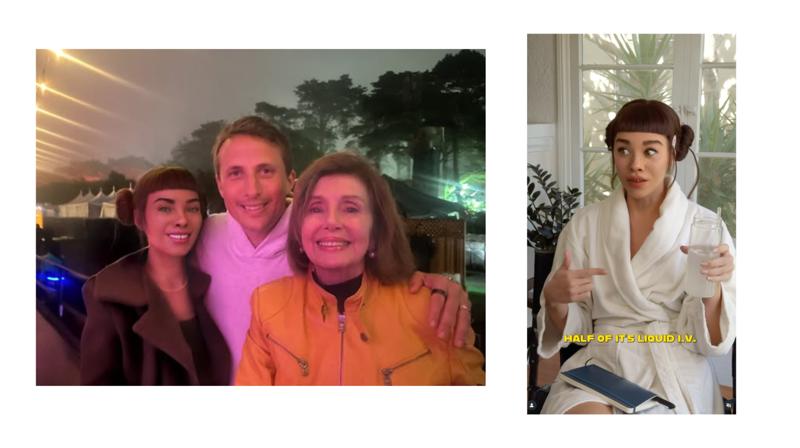
The contrast between Lu and Miquela mirrors the same split you see among human influencers. Some exist mainly to sell; others sell to sustain their creative work. The first category looks like aesthetic content that highlights Amazon marketplace finds, with little personality beyond brand value. The second looks more like creators trying to build a genuine community and a long-term presence.
From a corporate perspective, AI looks like efficiency. It doesn’t quit, it doesn’t miss deadlines, it doesn’t carry a Twitter feed full of 2012 opinions waiting to resurface. For social teams stretched thin, that can sound like relief. But the risks are just as clear: backlash, ethical debates about training data, and the creeping suspicion from audiences that AI is being used where it doesn’t belong. And those suspicions aren’t unfounded. Brands keep stumbling into AI controversies, from fashion brand Selkie’s design backlash to Duolingo’s AI-driven workforce changes.
Even so, while audiences know they’re being marketed to, many still don’t grasp the complexity of how campaigns are built — the role of agencies, production budgets, contracts, and approvals that shape what they see. And the truth is, most agencies and in-house teams are still struggling to understand what meaningful AI integration should even look like. Beneath that confusion, influencer marketing already suffers from inequities: smaller creators are underpaid, Black and Brown creators consistently earn less than their white counterparts, and queer or plus-size influencers often get excluded from big-brand budgets. Agencies, for their part, aren’t immune either — the ad industry has long faced criticism for its lack of diversity in leadership and creative teams. Instead of addressing those disparities, AI influencers hand brands a tempting way to sidestep them entirely.
But this is also where AI shows its limits: in the human messiness it can’t replicate. Creators don’t just sell; they connect. In fragrance especially, trust builds because you learn other people’s “noses.” If you know someone loves Byredo’s Oud Immortel (one of my current favorites, in case you were wondering) and that’s your favorite too, you’re more likely to trust their next recommendation. That kind of bond is culture. AI can generate aesthetics, serve as a search tool, and sell products, but it can’t build culture.
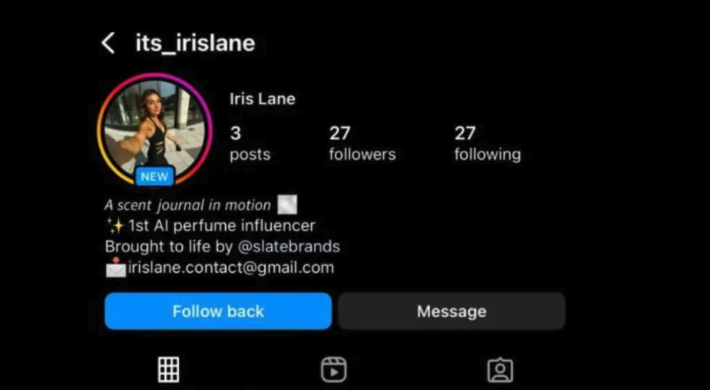
People connect to imperfection — whether it’s the complicated charm of someone like Trisha Paytas or the intimacy of a fragrance vlogger talking about how a scent reminds them of childhood. AI can’t fake that in a way that feels real, no matter how much it tries. And that gap, the inability to replicate human messiness, is exactly why the rise of AI influencers could strengthen the human influencer community. As traditional media continues to erode, brands will crave connection more than ever. Real people who can build trust with audiences are rare, and their value only grows in a landscape full of synthetic personalities. Experiments like Iris Lane don’t weaken human creators — they prove how much brands still need them.
AI won’t replace creators. What it will do is sharpen the line between those who simply sell and those who actually build community. Creators who double down on connection, storytelling, and trust will shape how AI fits into the industry. Those who rely only on affiliate links and storefronts may have more to worry about. Because at the end of the day, AI can sell — but can it build trust? After all, that’s the currency of influence.
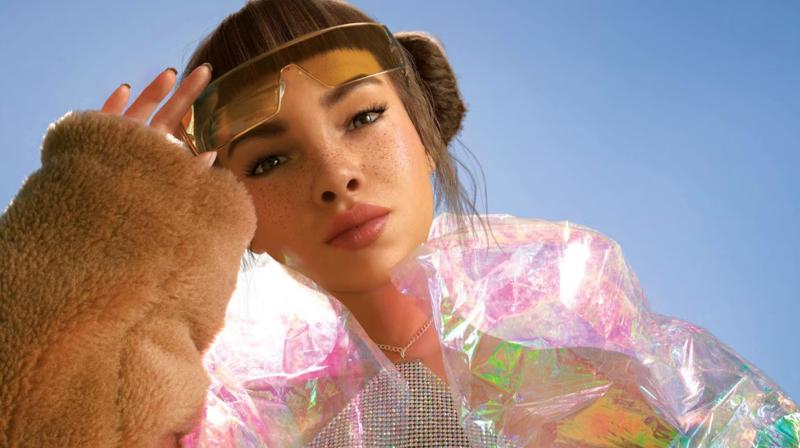
And much like ad agencies stuck a decade behind, so too is our policy and regulation. Platforms should clearly label AI-generated content, especially since so many users are children and teens who can’t always tell the difference. Without being overly cynical, I don’t know how likely that is — or whether it will be too late. Case in point: the recent bunny-on-a-trampoline video that most adults believed was real. And it’s not just AI. The FTC has been slow to adapt to influencer marketing in general, dragging its feet on disclosure guidelines and enforcement. If regulators can’t keep up with human creators, it’s hard to imagine they’ll be ready for synthetic ones.
For what it’s worth, as someone who’s spent the last decade running social media for global brands while creating content myself: community is the only thing that lasts. If creators lean into that — the human, messy connections — they’ll define the future of influence, not the other way around.


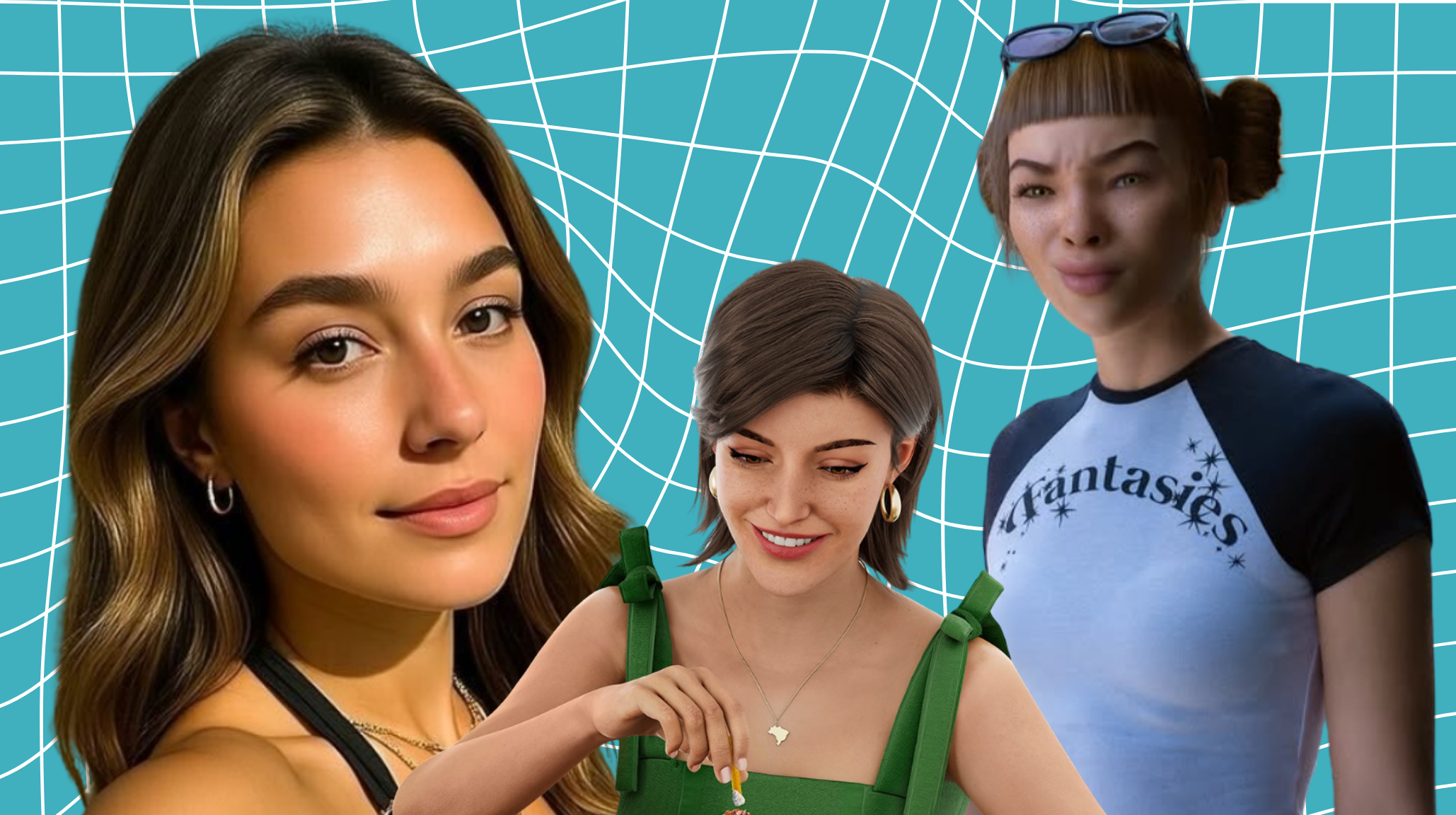
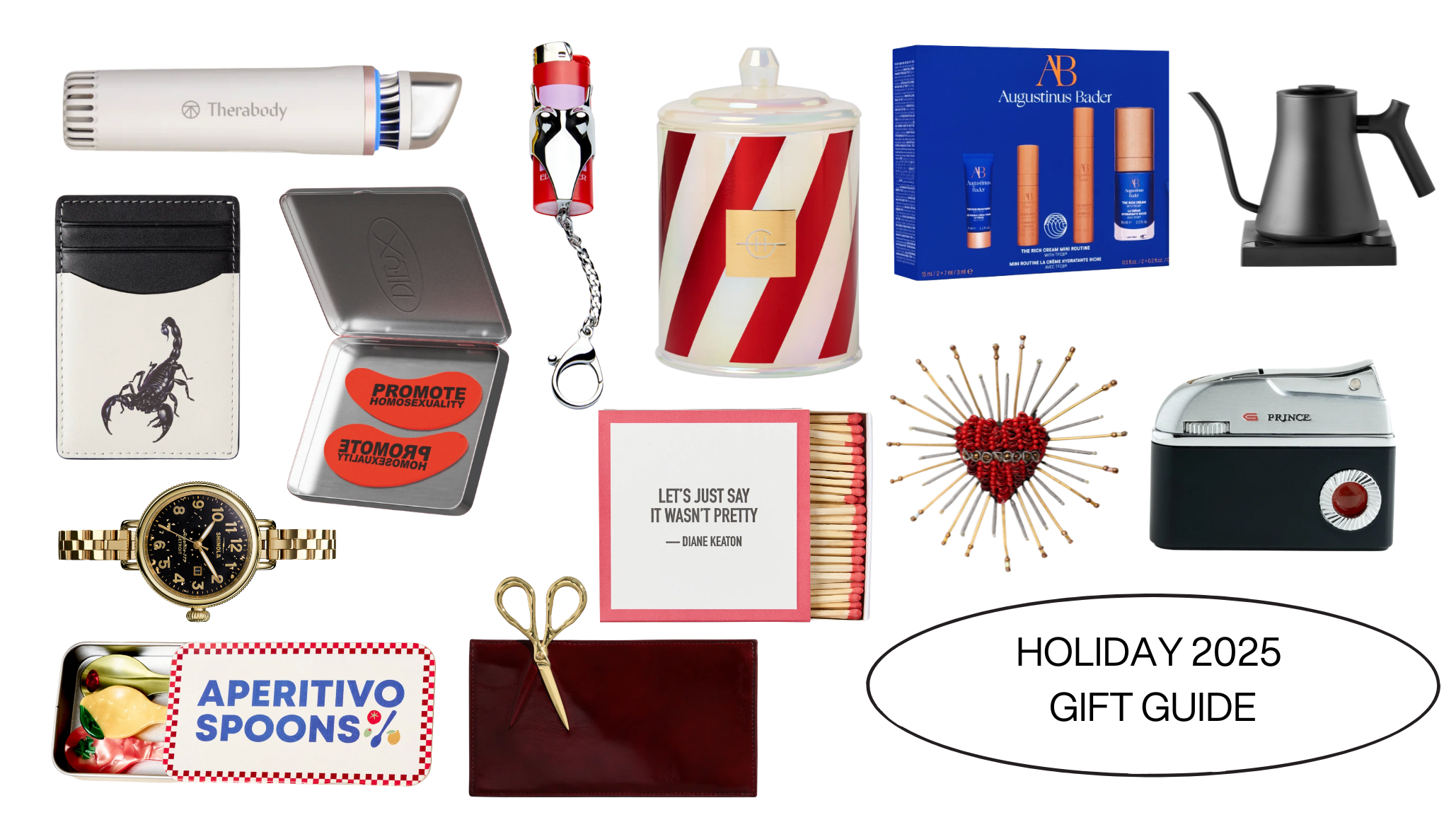
.png)





